Analysis
8 Art Advisors Tell Us Which Artists You Should Be Watching (and Buying) in 2019
Fnd out what advisors are urging their clients to buy in the new year.
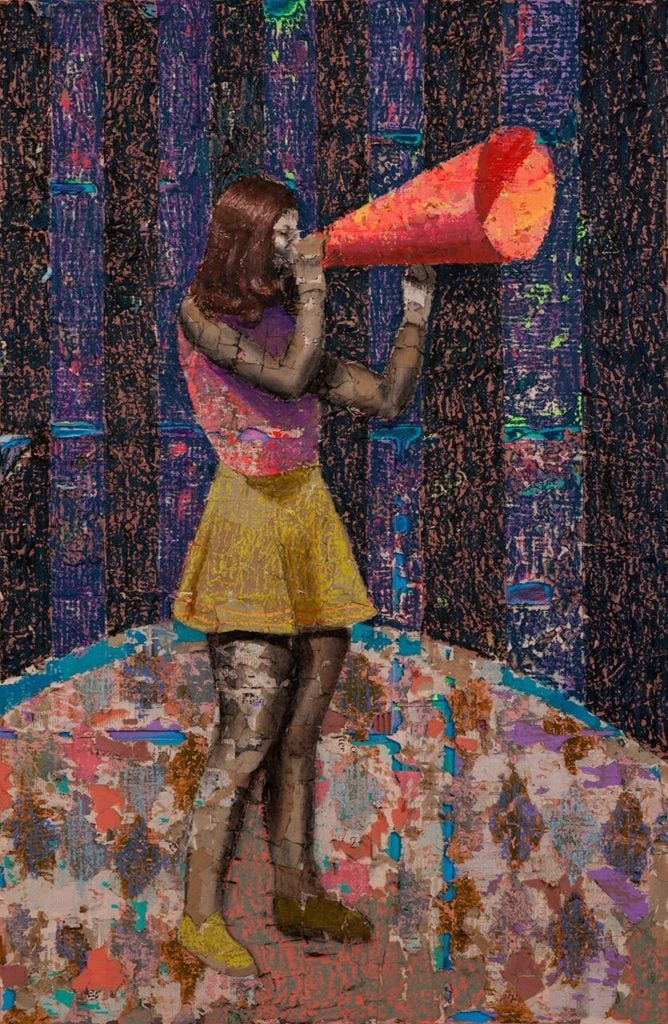
Fnd out what advisors are urging their clients to buy in the new year.

In the competitive contemporary art world, everyone is always on the lookout for the next big thing. Sometimes, that “big thing” has been around for decades, but is only now getting her due; other times, it’s talent fresh out of art school. We invited a selection of leading art advisors to name an artist (or two) who they anticipate will have a breakout year in 2019. Here are the works the experts are advising their clients to buy—and why.
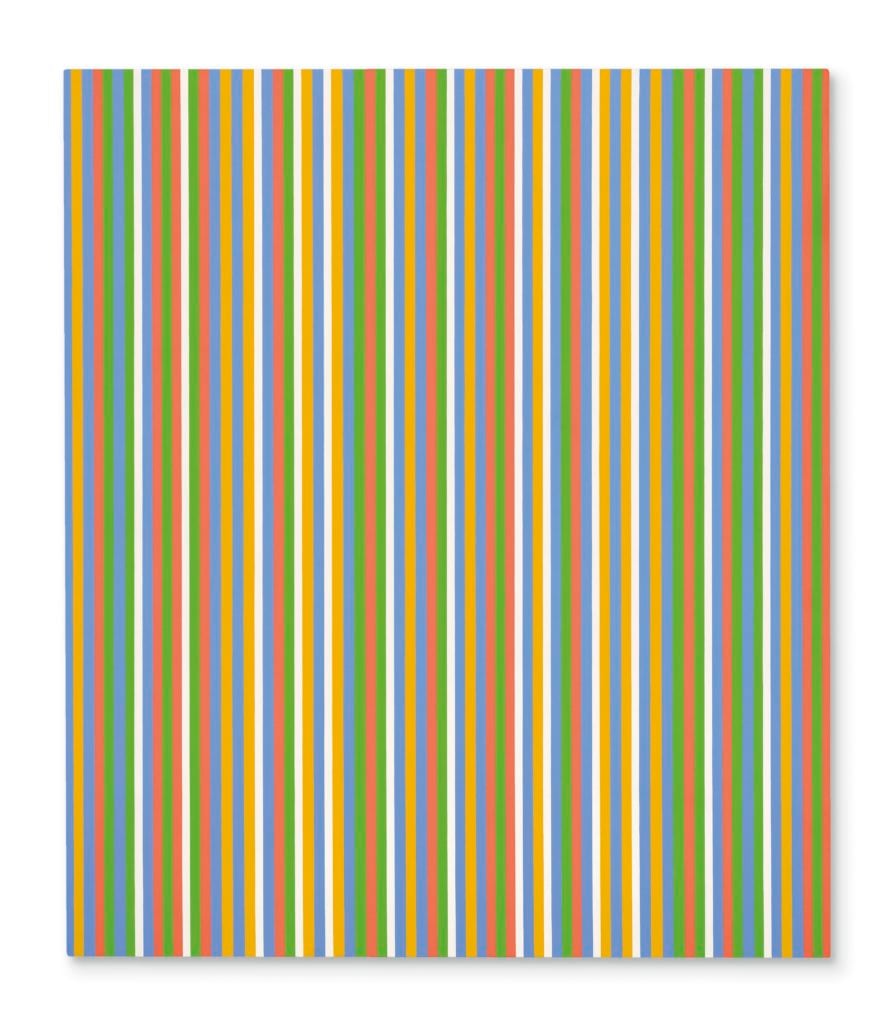
Bridget Riley, Greensleeves (1983). Courtesy Christie’s.
I think 2019 will be the year of Bridget Riley. Initially grouped into the “Op-art” movement as an abstract illusionist, Riley is anything but. Rather, she is heavily influenced by the effects and impressions of nature, light, and movement on the human eye, such as the reflection of sunlight on rippling water, or of light passing through leaves. Riley’s connection with nature is central to her work, and has most in common with the West Coast Light and Space movement, with its antecedents in the California Impressionists. Recent one-person exhibitions at Tate Britain, the Chinati Foundation in Marfa, and the Kawamura Memorial DIC Museum of Art in Japan will be followed by a massive upcoming career retrospective planned by the Hayward Gallery and the National Galleries of Scotland that will span all 70 years of Riley’s practice. In addition, as a true master at 87 years old, her market is still a bit underappreciated and undervalued—but I expect that to change quickly. —Todd Levin
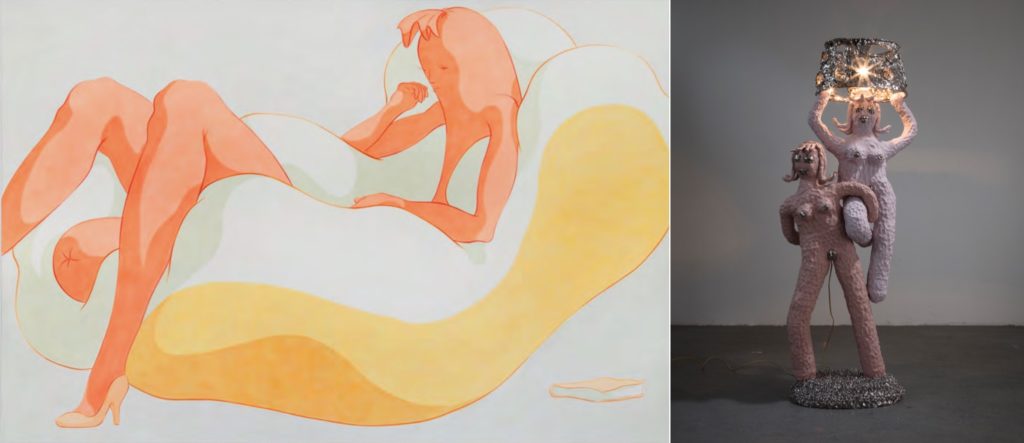
Left: Ivy Haldeman, Full Figure, Shoulder to Bun, Fingers Near Cheek, Lone Book (2018); Right: Katie Stout, Unique Double Girl Floor Lamp (2018). Photo: courtesy of SFA Advisory.
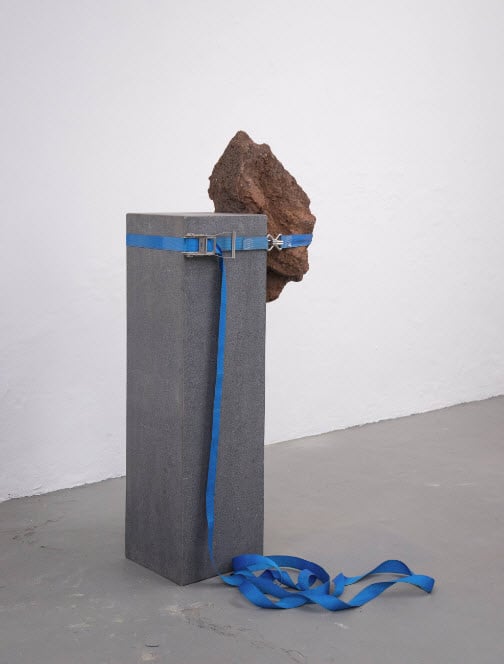
Jose Dávila. Courtesy of OMR Gallery.
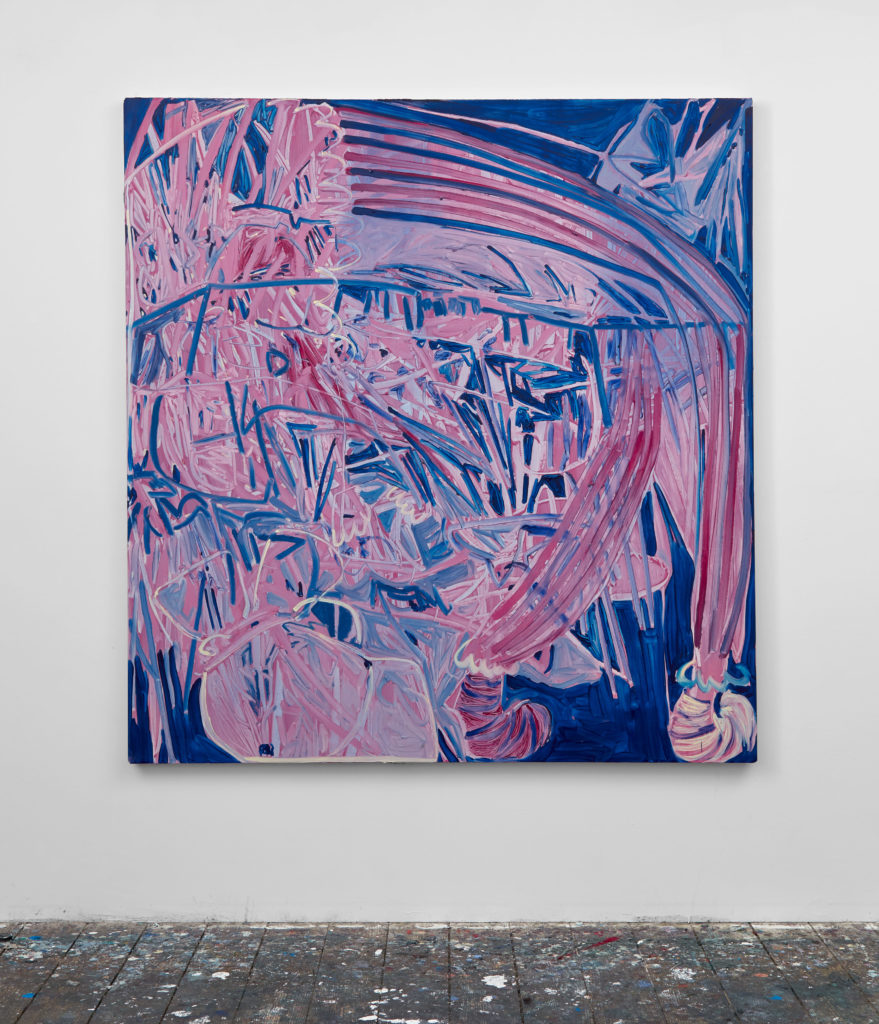
Jadé Fadojutimi, Clumsy (2017). Photo: courtesy of the artist.
In 2017, [London gallerist] Pippy Houldsworth discovered Jadé Fadojutimi during her master’s thesis show at the Royal College of Art and gave her a solo exhibition shortly thereafter. At the young age of 25, Fadojutimi has already developed a distinct language of her own. She has a remarkable command over color and brushstroke, which allows her to produce poetic, emotionally charged paintings that the artist describes as an investigation of her own identity. Fadojutimi’s large-scale canvases create immersive environments that provoke the viewer to uncover imagery that might be hidden beneath the artist’s abstract gestures.
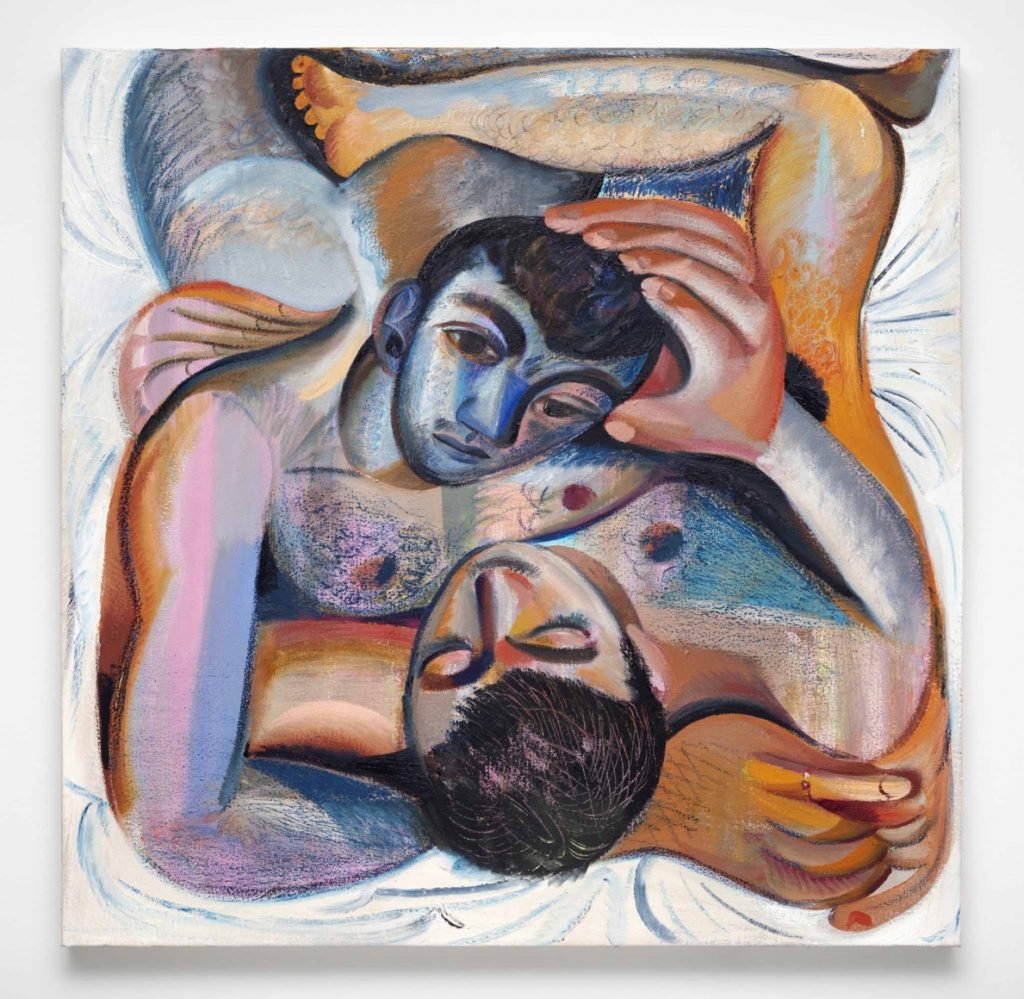
Louis Fratino, Couple at Dusk (2018). Photo: courtesy of Jeff Bailey Gallery.
An artist I’m excited about for 2019 is Louis Fratino. He’s a young, Brooklyn-based figurative painter whose work focuses on intimate relationships between men. What I like about the work is that he expands the range of images we usually see of homosexual love, presenting a fuller and more nuanced view of everyday life, in which sexuality is just one part of people’s relationships. That feels really important right now, a reminder of our common humanity. Plus, his style is informed by the great figurative painters of history: Picasso, Matisse, Léger, even back to Michelangelo. His figures feel monumental, even when the works are modest in scale. He’ll be having a solo show with Sikkema Jenkins in April in New York. —Kristy Bryce
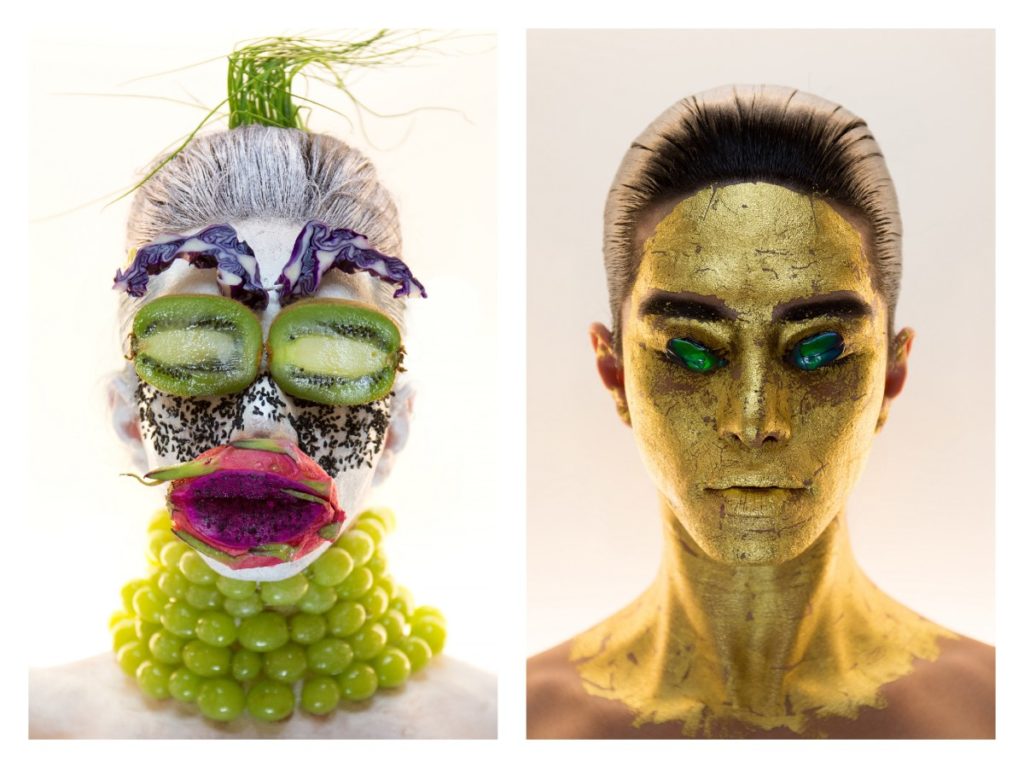
Left: Martine Gutierrez, Masking, Green Grape Mask (2018). Right: Martine Gutierrez, Masking, 24k Gold Mask, (2018). Photo: courtesy of the artist and RYAN LEE Gallery, New York.
Martine Gutierrez is an artist whose work explores her identity as a trans, Latinx woman of Mayan heritage. Her exhibition Indigenous Woman was a breakout show at Ryan Lee Gallery in Chelsea in September. Her work is fresh, inventive, smart, and funny—and her full-on recreation of a 146-page fashion magazine in the style of Interview was jaw-dropping in detail and style. Expect to see much of her in the public eye in 2019. —Lisa Austin

Frieda Toranzo Jaeger, Tesla (2018). Photo: courtesy of the artist and Lulu, Mexico City.
I am drawn to Frieda Toranzo Jaeger’s ability to twist conventional assignations and signifiers of masculinity and femininity. The artist is currently completing her MFA degree at the University of Fine Arts in Hamburg, Germany. I have no doubt that in 2019 she will continue to develop her critical and unapologetic mix of formal and conceptual painting. —Heather Flow
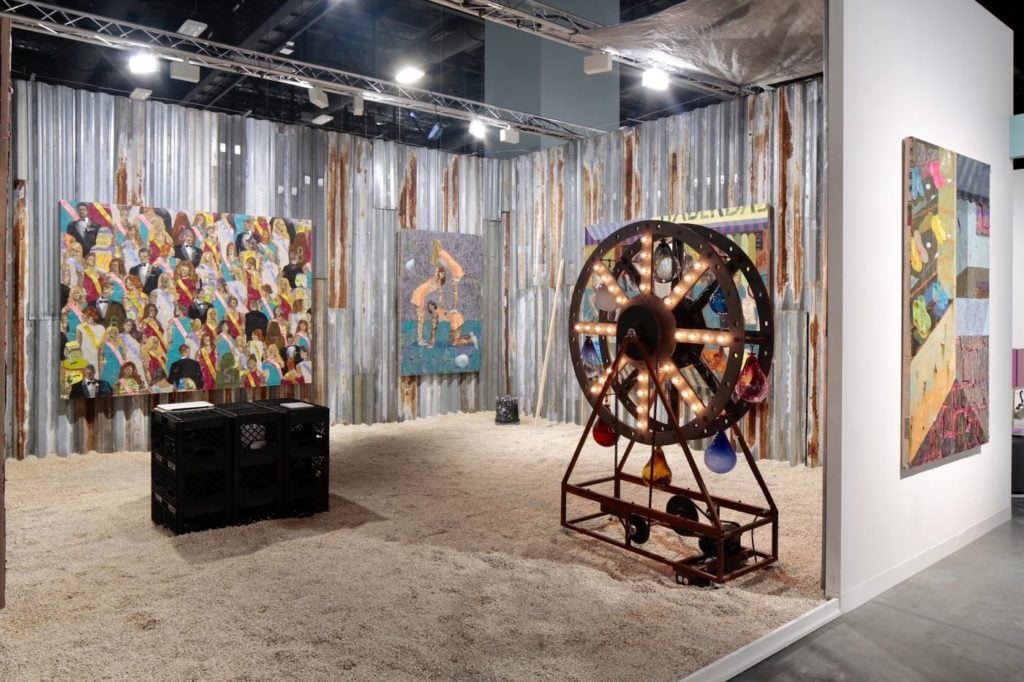
Derek Fordjour at Josh Lilley gallery’s booth at Art Basel Miami Beach 2018. Photo: courtesy of the artist and Josh Lilley gallery, London.
Derek Fordjour is a Brooklyn-based artist in his 40s making work that addresses various issues in current American culture, specifically exploring depictions of race and identity. He is a multi-disciplinary artist, but his primary medium is a form of vibrant painting on layered cardboard and paper, which gives the work a unique, three-dimensional quality.
His brilliant solo booth earlier this month at Art Basel Miami Beach [at Josh Lilley gallery] introduced the work to a larger audience, and with a recently completed project for the Whitney Museum and big gallery shows on the horizon in Los Angeles and London, he is poised for a breakout year. —Candace Worth